Huawei Launches Innovative Solutions to Light Up the F5.5G Era During MWC 2023Huawei Launches Innovative Solutions to Light Up the F5.5G Era During MWC 2023
March 9, 2023

Sponsored Content
By Feng Ciyuan, unity007
Barcelona, a city steeped in over 2000 years of history has and still today acts an important economic and innovative center of the Western Mediterranean. From art to high tech, the city continues to attract a diverse global audience to its sunny shores.
Another interesting fact is how this city influences the global communications sector. The annual Mobile World Congress (MWC) held in Barcelona is the wind vane and barometer of the global communications industry. It is typically one of the major stages for new products and innovations in the communications industry, as well as new opportunities and trends for operators.
To the global communications industry and other industries that feed into it, MWC 2023 is of great significance. As COVID-19 begins to fade, the global economy is beginning to bounce back and the communications industry is already booming. Global operators are also actively exploring new opportunities and development paths. On such a stage, F5.5G deserves special attention.
Gigabit networks now differentiate the core competitiveness of operators, and will be upgraded to ubiquitous 10G all-optical networks to bring operators new opportunities. To get up to speed with this, the industry has reached a consensus on the need to upgrade from F5G to F5.5G. All such opportunities, including the consensus, need to be implemented through specific products and solutions. At MWC 2023, the prelude of 10G all-optical networks and F5.5G has been fully concluded.
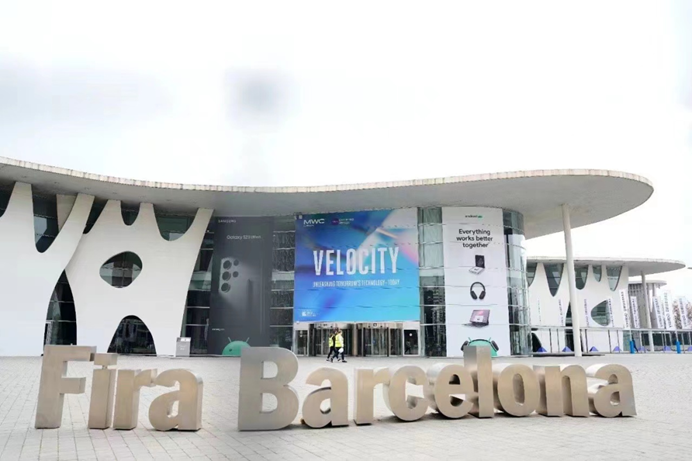
On February 27, Huawei launched three solutions — Huawei FTTR OptiXstar F30, industry’s first commercial 50G PON, and Huawei OptiX Alps-WDM, solutions designed for all-optical home, ultra-broadband access, and all-optical metro fields. These solutions enable operators to seamlessly upgrade their fixed networks to F5.5G, opening up new opportunities in the market.
The ubiquitous 10G optical era has ushered in the prelude to 10G all-optical networks and F5.5G.
Striding to 10GE — Opportunities and Challenges for Global Operators
2023 will witness the vigorous development of technologies such as AI, metaverse, and autonomous driving, which promote new transformations of both our society and various industries. All transformations demand the support of three elements: storage, computing, and network. Operator-driven network upgrades are often a prerequisite for industry digitalization and the intelligent upgrade of society.
In 2020, ETSI officially released the Fifth-Generation Fixed Network (F5G) to solve the fragmentation and unclear generation problems in the fixed network industry, and defined three typical technical features of F5G: enhanced fixed broadband (eFBB), full-fiber connection (FFC), and guaranteed reliable experience (GRE). Ubiquitous gigabit connectivity is considered one of the representative development goals of F5G. With the rapid development of digitalization and intelligence, the industry has realized that F5G may have been unable to provide the fixed network bandwidth, quality, and energy efficiency. Transforming ubiquitous gigabit experience to ubiquitous 10G experience in a short period of time has become an opportunity for the global communications industry.
To this end, Huawei proposed F5.5G industry initiatives, describing various application scenarios, such as fiber to the room (FTTR), fiber to the office (FTTO), fiber to the machine (FTTM), as well as business and industrial scenarios, and describing the F5.5G development goal of ubiquitous 10G connectivity by introducing technologies such as Wi-Fi 7, 50G PON, and 800G.
Currently, global operators highly recognize the development goals and vision that F5.5G sets out and are starting to explore solutions for evolving to 10G optical networks. However, operators are still facing a variety of challenges in the evolution to F5.5G, including:
1. The upgrade to 10G optical networks may lead to excessive investment, in particular, cause large number of misplaced resources due to disconnection and mismatching from earlier investment.
2. 10G optical networks may fail to generate positive feedback from the market in such a short period of time, making it difficult to improve the competitiveness due to insufficient experience or unpersuasive application scenarios.
3. 10G optical network products may be insufficient to cover all sectors, causing the cask effect in the upgrade of the fixed network system. That is, the lagging of products in one sector hinders the overall network experience upgrade.
To address these challenges, we need more specific technologies and innovative solutions. Fortunately, the answer is on the way.
Only a short time ago, Huawei announced its cooperation with Saudi Telecom Company (STC) to complete the 50G PON verification test on optical networks in the Middle East for the first time. Previously, Huawei has completed similar tests in Europe. Huawei’s technical leadership and industry innovation capabilities in the 10G optical network era are once again driving the transformation of the global communications industry.
Lighting Up the F5.5G Era
When supported by both specific and realistic solutions, ubiquitous 10G connectivity of F5.5G can be brought to every home and every factory. Operators need to make it clear that their network upgrade objectives can be achieved at different network layers and architectures, and maximize the utilization of previous investment to ensure their returns.
To meet these needs, Huawei launched solutions in the all-optical home, ultra-broadband access, and all-optical metro fields at MWC 2023 to help operators achieve their goals of comprehensively upgrading fixed network quality to stride towards the F5.5G era.
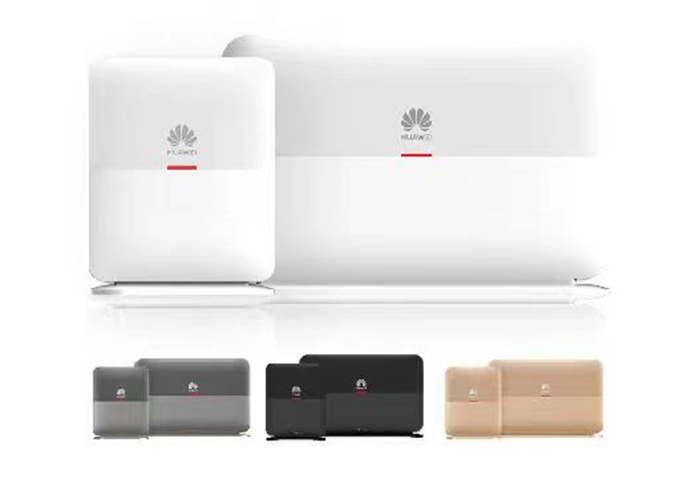
In the all-optical home field, Huawei FTTR OptiXstar F30 is the industry’s first all-optical 2000 Mbps FTTR networking product. It uses a C-WAN architecture to implement several improvements. In terms of design, Huawei FTTR OptiXstar F30 has four colors and three installation modes, avoiding the stereotype of unappealing network products and allowing them to blend in perfectly with the design of a modern home. In terms of bandwidth experience, Huawei FTTR OptiXstar F30 ensures a 2000 Mbps connection throughout the entire house, multi-beam smart antennas improve coverage by 30%, and Huawei’s unique imperceptible roaming reduces the handover latency to less than 20 ms in the home environment. Multi-AP coordination minimizes Wi-Fi interference and allows up to 128 devices to access the network simultaneously.
Service quality is key to FTTR deployment. Huawei FTTR OptiXstar F30 provides one-stop 5A services — Accurate Planning, Agile Installation, All-in Acceptance, Active Assurance, and Attentive Care, helping operators open service windows and improve the overall user experience.
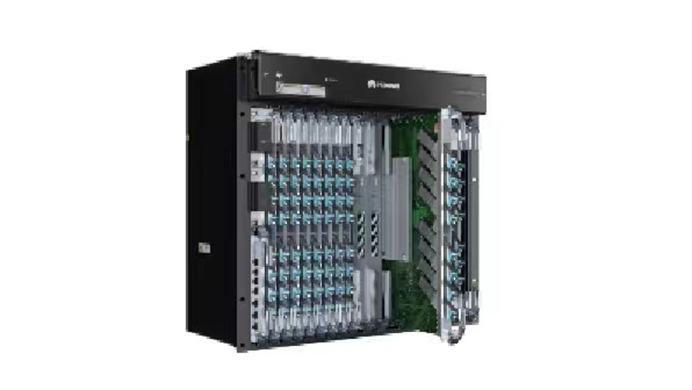
In the ultra-broadband access field, Huawei launched the industry’s first commercial 50G PON solution to provide high-density symmetrical 50 Gbps upstream and downstream service capabilities. As a next-generation PON technology defined by ITU-T, the 50G PON can effectively support 10Gbps Everywhere.
The commercial 50G PON solution can meet the increasing bandwidth requirements in future campus, industrial interconnection, enterprise, and home scenarios, making all-optical 10G connectivity a reality. In particular, it uses an innovative tapered amplifier and a superlattice reflection structure to give a 25% increase in the optical power budget and enables ODN deployment on the live network without re-cabling, minimizing investment costs for operators. It integrates GPON, 10G PON, and 50G PON into one port, allowing for service upgrade on demand. It is compatible with the existing commercial OLT platform and supports a seamless network evolution. 50G PON is considered as the core component of F5.5G. Huawei was the first to launch the commercial 50G PON solution, providing an optimal evolution path for operators to upgrade their networks to 10G and further advancing the industry.
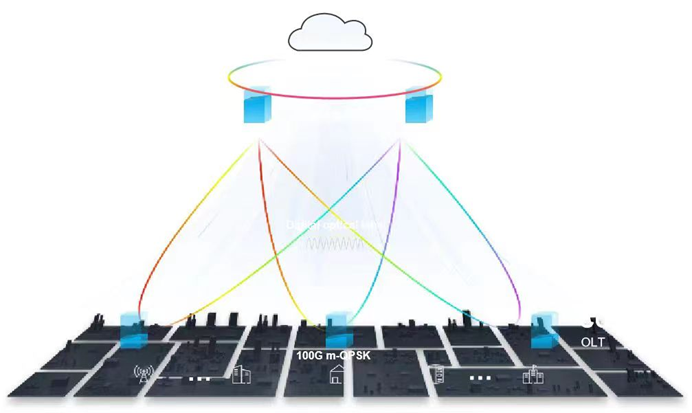
In the all-optical metro network field, Huawei OptiX Alps-WDM solution provides four capabilities:
All-optical switching: Network connectivity performance is at the core of metro networks. Huawei extends OXC to the network edge and enables one-hop optical connection and flexible grooming on the entire network, improving network connectivity performance and shortening service provisioning time from months to minutes.
Fully pooled architecture: By using the wavelength selective switch (WSS) technology to integrate nine traditional subracks into one module, Huawei allows nine access rings to share 96 wavelengths, significantly improving wavelength efficiency and reducing the equipment room footprint.
Bandwidth: This capability guarantees the channels of metro networks. Huawei provides a metro-oriented innovative 100G coherent module to help move 100G OTN to CO, improving bandwidth by 10 times and reducing composite costs significantly.
Full automation: This capability is another important boost. Huawei attaches digital optical labels to wavelengths and uses a centralized management and control unit to achieve automatic planning, construction, and O&M, reducing OPEX.
Using the four capabilities provided by Huawei OptiX Alps-WDM solution, operators can build green all-optical networks with simplified architectures and deliver ultimate experiences to meet their development objectives in B2C, B2H, and B2B services and support service evolution over the coming decade.
These leading products and solutions with first-rate technologies provide operators with development momentum while eliminating their worries, fast-tracking them into the 10G optical era.
Playing the Prelude, Embracing the 10G Optical Era
The prelude of transforming to 10G optical networks has been played throughout these innovative products and solutions.
Richard Jin, President of Huawei’s Optical Business Product Line, said, “From F5G to F5.5G, we need to plan and create the future. Today, gigabit connectivity is rapidly growing more popular all over the world. Looking towards 2025, diversified network requirements will require ubiquitous 10-gigabit connectivity. All industries need to work together to embrace F5.5G and move towards 10Gbps Everywhere. Huawei will join hands with global operators to accelerate network upgrades and the application of new technologies.”
In the F5.5G phase, operators have unparalleled opportunities, from the popularity of VR and AR, autonomous driving and scientific intelligence, smart home devices and applications, to the integration of AI and the cloud into various industries and scenarios. The current focus is to accurately find the support of products and solutions, continuously expand business boundaries, bring effective and competitive user experiences, and lead the transformation of the region and market.
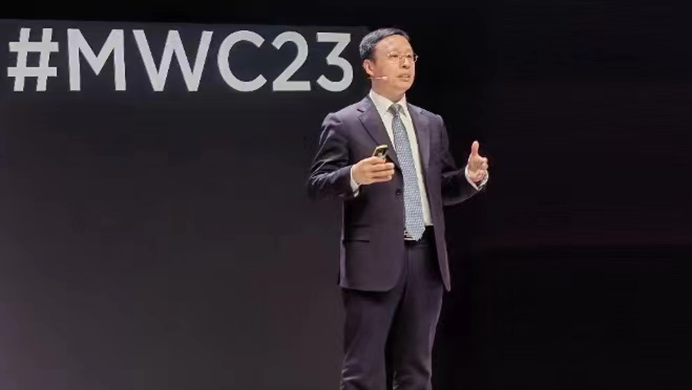
With the support of Huawei’s innovative products and solutions, we can see that global operators have the following key benefits in the 10G optical era:
1. 10G optical networks have specific application scenarios and can be closely combined with fields such as XR burst, autonomous driving, and industrial intelligent upgrade. 10G optical networks can be deployed in advance without worrying about the supply and demand aspects for constructing a network. Products such as Huawei OptiXstar F30 can closely connect operators with end users.
2. The upgrade to 10G optical networks can cover the entire network, eliminating operators’ worries about lagging points. For example, Huawei has performed a series of upgrades in metro networks to build E2E 10G optical networks.
3. Operators can seamlessly upgrade their networks to 10G optical networks at controllable costs, avoiding excessive investment and misplacement of resources. For example, the 50G PON solution launched by Huawei fully reflects its technical feature of minimizing operator investment costs.
In the deterministic future of F5.5G and 10G optical networks, operators’ opportunity window will be further enlarged, opening up a trillion-dollar market space.
From the sea breeze infused city of Barcelona, we can perceive the transformation of the global communications industry in advance. The prelude of the 10G optical era brought by F5.5G has been played, and the transformation is just right in front of our very eyes.
Read more about:
Vendor SpotlightsYou May Also Like








.png?width=300&auto=webp&quality=80&disable=upscale)


_1.jpg?width=300&auto=webp&quality=80&disable=upscale)